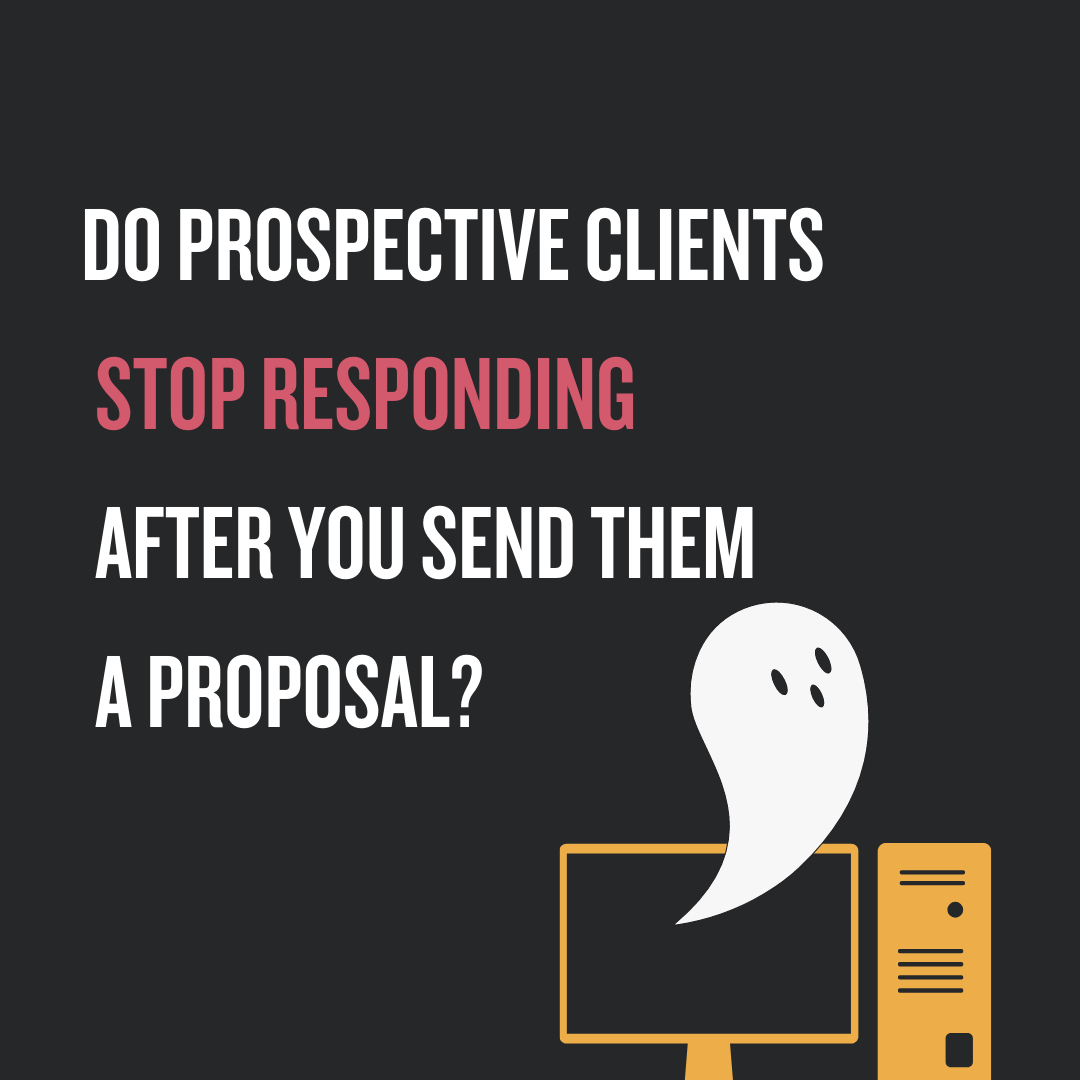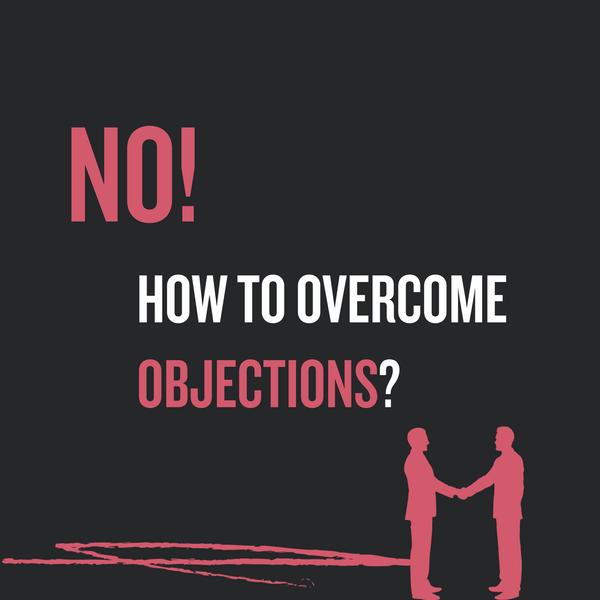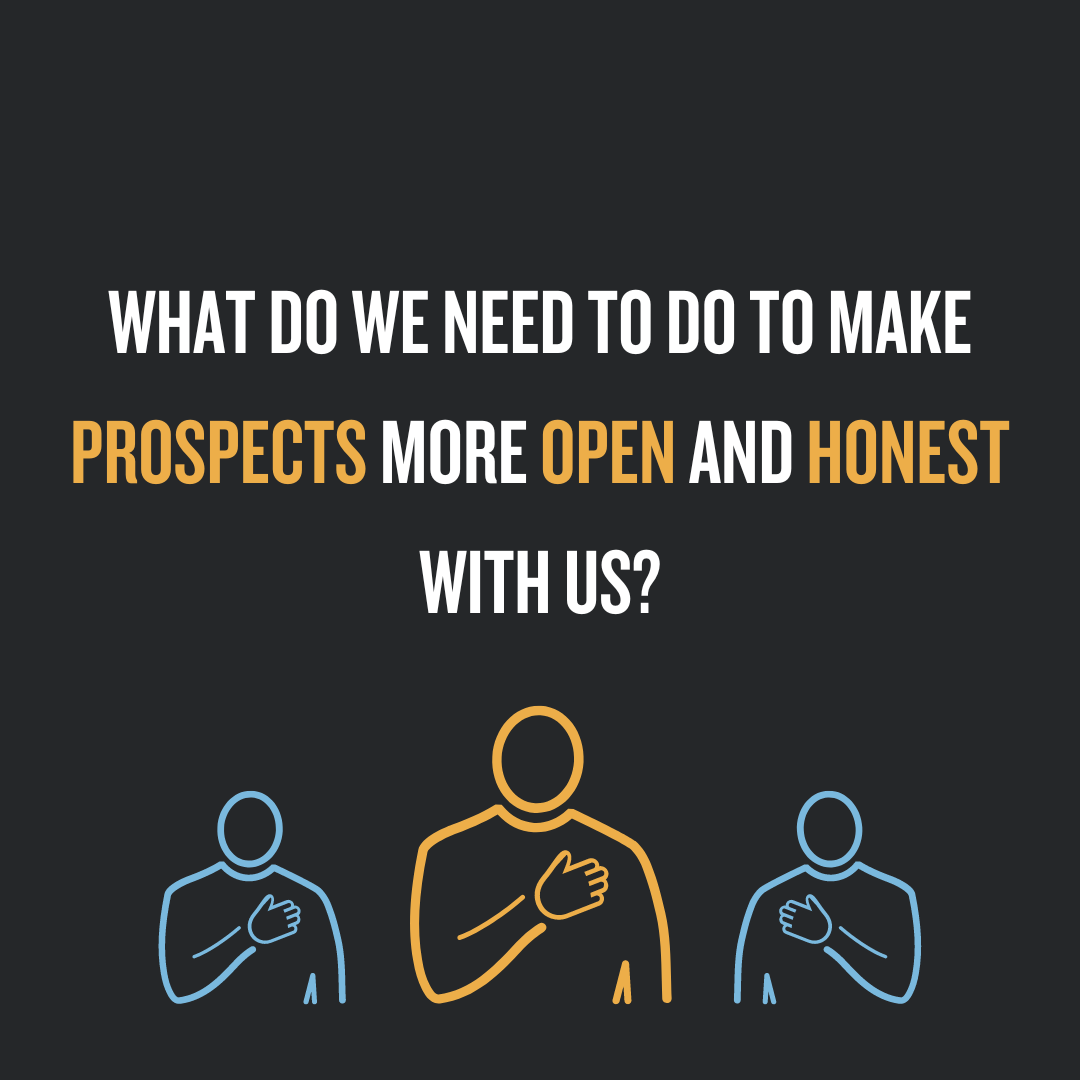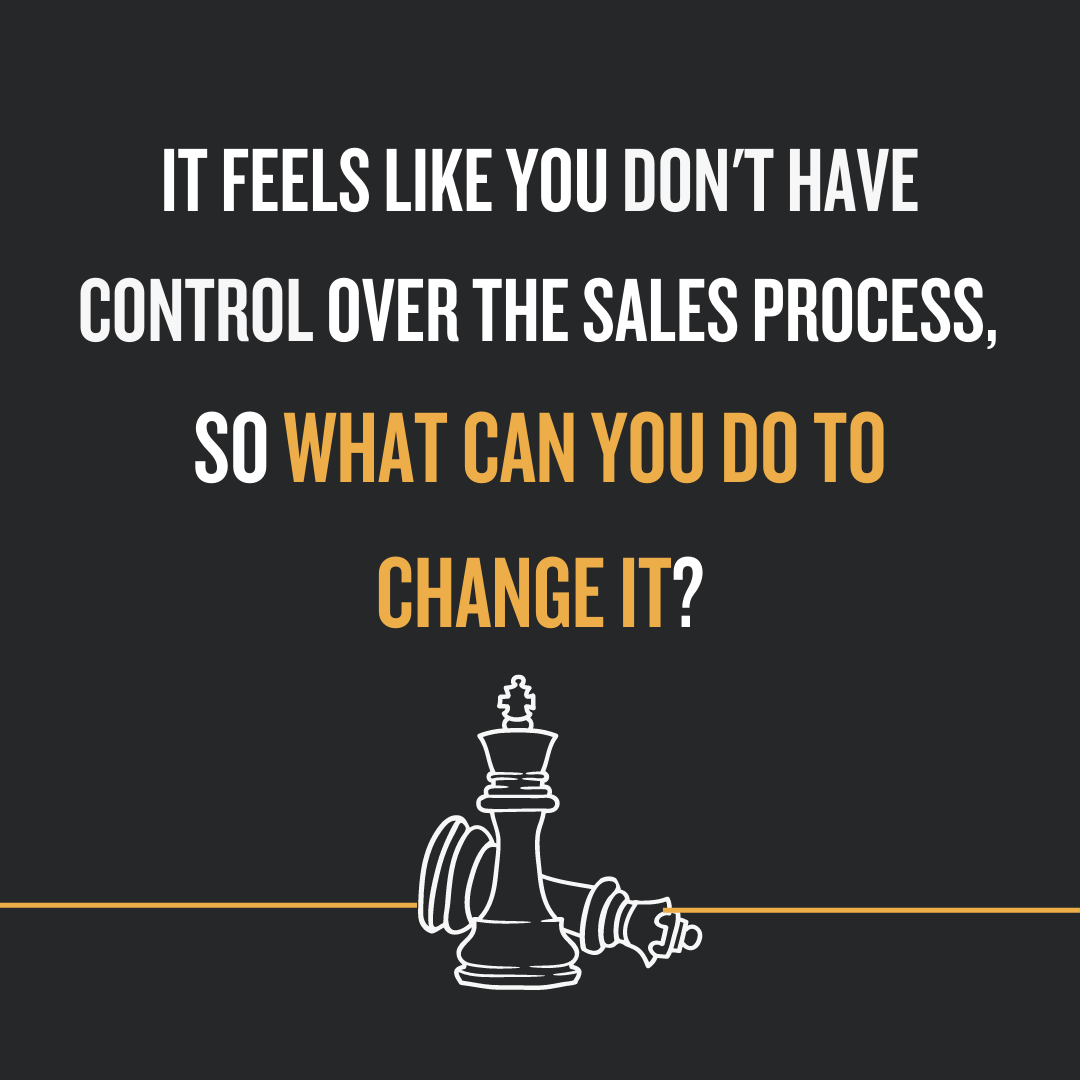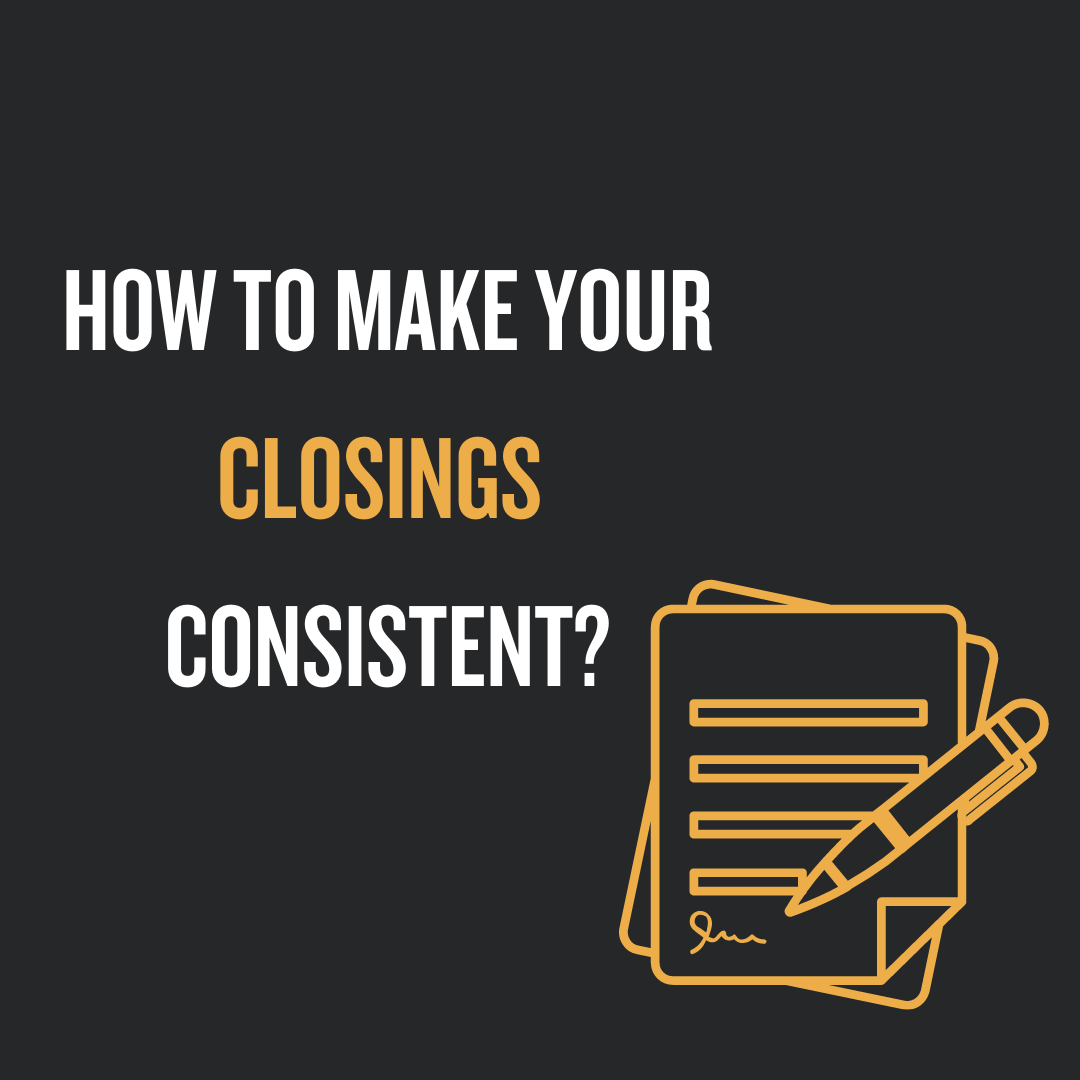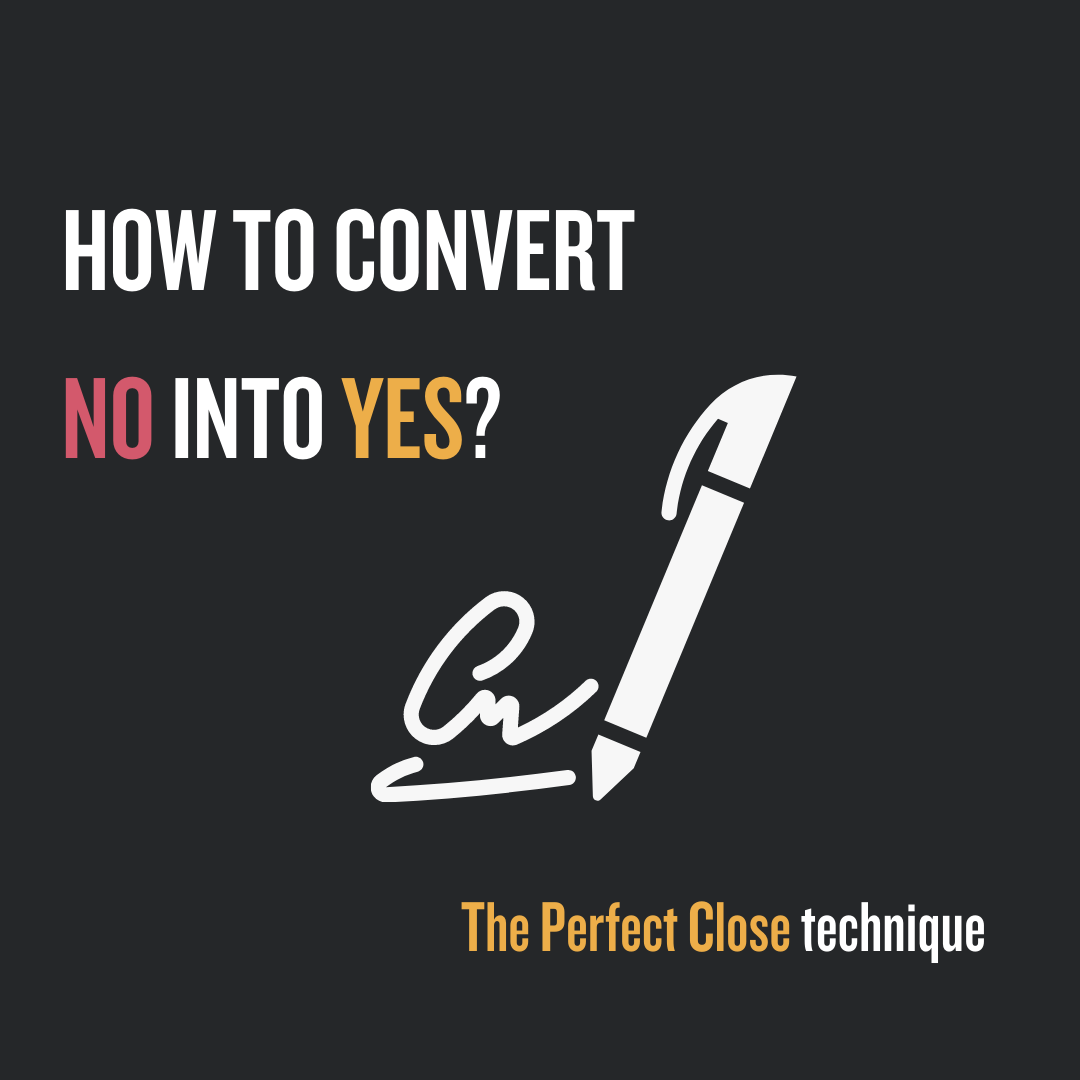Do prospective clients stop responding after you send them a proposal? Do most of your proposals die a quiet death?
Among other things in this article, you’ll learn:
- The main goal of a proposal is to close, not sell.
- A proposal needs to be earned.
- How exactly to send and follow up on a proposal.
The proposal dead-end
I’ve observed this as the typical sequence of interactions most first-time founders have with their prospects:
- You schedule a call.
- You do a demo.
- The prospect asks for a proposal.
- You say you’ll send a proposal with a follow-up email.
- They say, “Thanks”.
- You send the materials.
- You never hear from them again.
To be clear, there will always be some prospects who don’t come back to you. But if you’re not hearing back from at least 80-90 percent of prospects you send proposals to, or if you’re not winning at least 50-70 percent of your proposals – it means you’re doing something wrong.
It’s as if you’re giving out proposals like one of those people who stand on the street handing out flyers: “Here, please take one!

Proposals are a tool to close, not sell
Closing isn’t the same as selling.
Selling is presenting, promoting, marketing, and building value. In the sales process, any interaction with the prospect – however small it might be – is an “engagement”.
Closing, on the other hand, involves putting the customer in a position to make some kind of commitment. It’s when you “advance” the prospect to the next step of your sales funnel.
During the sales process, you may have significant interactions with prospects who show genuine curiosity and interest. But to qualify as an “advance”, the potential client must make a commitment that gives you reasonable assurance of a positive outcome.
I’ve seen too many salespeople waste endless hours on prospective businesses that will never close – because they’ve misjudged curiosity and interest (and sometimes simple politeness) as indicators of good sales opportunities.
Don’t read too much into a proposal request
I strongly recommend that you wait for the prospect to request the proposal – rather than suggesting it yourself.
Prospects will rarely refuse your suggestion to give them a proposal. If you volunteer a proposal, you’ll learn nothing – because even disinterested prospects are curious enough to want to know the price.
Be patient, they will ask. And when they do, the context will give you a clue about where they are in the sales process.
But be careful not to read too much into a proposal request! Prospects are naturally curious. You should expect them to ask for a proposal. Remember, it doesn’t cost them any energy or commitment.
A proposal request is a small sign of engagement – not an advance.
Prospects need to earn proposals
Try to upgrade the prospect’s request for a proposal to an advance, by asking them to take a logical next step that requires some commitment or effort. For example, you could request an assessment or detailed discovery before producing the proposal.
There is a cost to giving out a proposal too soon or too easily: the prospect doesn’t value it or your time, and you lose the chance to set up a specific next step that would help them earn the proposal.
Next time a prospect casually asks about pricing or getting a proposal, don’t give it to them until you know they really want it. Instead, respond along these lines: “I’d be happy to send you a proposal! To make sure it meets your specific needs, I’d like to set up a more detailed scoping call to decide on specifics with you and a few other key people. ”
If the prospect refuses, then either they aren’t a great prospect – or you didn’t prove your value to them in prior calls or demos.
If the prospect agrees, you get a chance to focus on how you can solve their specific problems – and then generate a proposal that nails it.
It’s scary at first but just try it. You’ll see the balance of power shift from being totally uneven and in their favor, to being much more even.
How to send a proposal
Send a proposal only when your prospect is ready for it.
Are you talking to a decision-maker who’s genuinely interested in buying?
Did they ask you for a proposal?
Did they spend invest any time or energy in the process?
And have you reached an understanding of the details?
The heart of a proposal is the conceptual agreement on objectives (outcomes), metrics (measures of success), and value (ROI). This document in some cases can also function as a contract.
To put it another way, a proposal is simply the written form of what you’ve already agreed on with a potential customer. It’s a formality – the client just needs to read through it and sign.
Think of it as the minutes of a meeting. First, you discuss and resolve all the important points together; then, you send the minutes to everyone who attended.
You don’t add in new details at this stage and hope the prospect will understand them.
A proposal has two key goals:
- To write down the conceptual agreement while it’s still fresh, so there isn’t a “he said, she said” situation later.
- To confirm that both parties are on the same page, without any big misunderstandings.
Probably the biggest crime in sales is simply emailing a proposal to a potential client – before reaching a conceptual agreement with them (in person or over the phone). You might send the proposal early because you want to “save time”, or the customer asks for it before agreeing to anything.
Whatever the reason, if you expect the prospect to understand an emailed proposal without any assistance, you’re shirking your responsibility.
What’s more, when you email your proposal, you lose the opportunity to:
- review and confirm the accuracy of the proposed solution,
- collaborate to make the proposal bigger or better,
- discuss what will happen next, and
- further, develop your relationship with the prospect.
Those who prematurely email a proposal are likely to get no further response.
With no real value from the interaction (beyond product information), the prospect may decide that they’ve already got everything you can offer.
So, next time a prospect shows interest and requests a proposal before agreeing on anything, turn that interest into a phone call/meeting – this is where you can gain conceptual agreement.
You could also send some supporting materials before the discussion. When a prospect invests time and energy in reviewing your materials, it’s a good sign.
Pay attention to their behavior during your conversation. Do they ask specific, detailed questions? You can often tell by the quality of a prospect’s questions how interested they are and how much homework they did.
Once you achieve conceptual agreement, I strongly recommend sending the proposal via email/courier. Treat it like a summary – not a major event.
“Presenting” the proposal in a meeting/phone call is unnecessary because the proposal isn’t a negotiating document. If the prospect has questions or concerns, they can be addressed in the follow-up conversation.
How to follow up
The best way to follow up on your proposal is by phone at an agreed-upon time and date – which should be decided as soon as you reach a conceptual agreement with the prospect (and before you actually send the written proposal).
Never leave the conceptual agreement meeting without establishing:
- when you’ll send the proposal, and
- when you’ll have the follow-up call.
You could say something like this: “I’ll email the completed proposal to you by tomorrow morning. Let’s talk the day after so that I can learn which option suits you best. What time is convenient for you?”
Here’s how to handle the follow-up conversation, depending on the response you get:
- The prospect says “Yes”. Acknowledge when you will begin, thank the client for their trust, and ask how and when the first payment will be made. No, that isn’t “pushy” – it’s simply good business.
- The prospect has questions. Give answers to the best of your ability. Don’t make arbitrary commitments (for example, “I don’t know exactly how many days I’ll be on-site, but if you need me, it’ll never be a problem.”) Once the client’s doubts are answered, ask which option they’d like to choose. If they’re still uncertain, ask them: “What issues do you still see that are holding you back? Let’s discuss them while we’re on the phone together.”
- The prospect wants more time. Take the same approach as in no. 2 above, i.e. ask what’s holding them back from committing and take the time to address their concerns.
- The prospect says “No.” If at this point – with trust, conceptual agreement, a proposal with options, and a follow-up call – the prospect declines (they might say, “Let’s talk in six months” or “Let’s wait for the next budget cycle,” which are just other ways of saying “No”), then you need to back away.
Don’t press harder – accept that the prospect doesn’t want your product/service.
Still, you could ask them one question: “What could I have done differently to convince you to have accepted my help? I’d appreciate your honesty for my own growth.”
That way, at least you can learn what didn’t work.
Conclusion
To quickly recap, here are the four key steps for sending and following up on a proposal:
- Reach a conceptual agreement with the prospect in person or on the phone.
- Confirm when you’ll send the proposal and schedule a follow-up discussion.
- Send the proposal via email or courier.
- Follow up at the agreed-upon time and date to learn which option the prospect has chosen, resolve any concerns, or simply set a starting date.
Using this system, you should close 50-70 percent or more of your proposals. You can also learn valuable lessons from the ones that you don’t manage to close.
As soon as you receive the go-ahead from the client, get moving. Kick-start the first project phase, especially any remote work like interviews or surveys. Begin invoicing immediately. Schedule your first meeting with the new client in the next 1-2 weeks.
So, are you ready to start winning your proposals? Which of the above insights do you think will help you the most?


